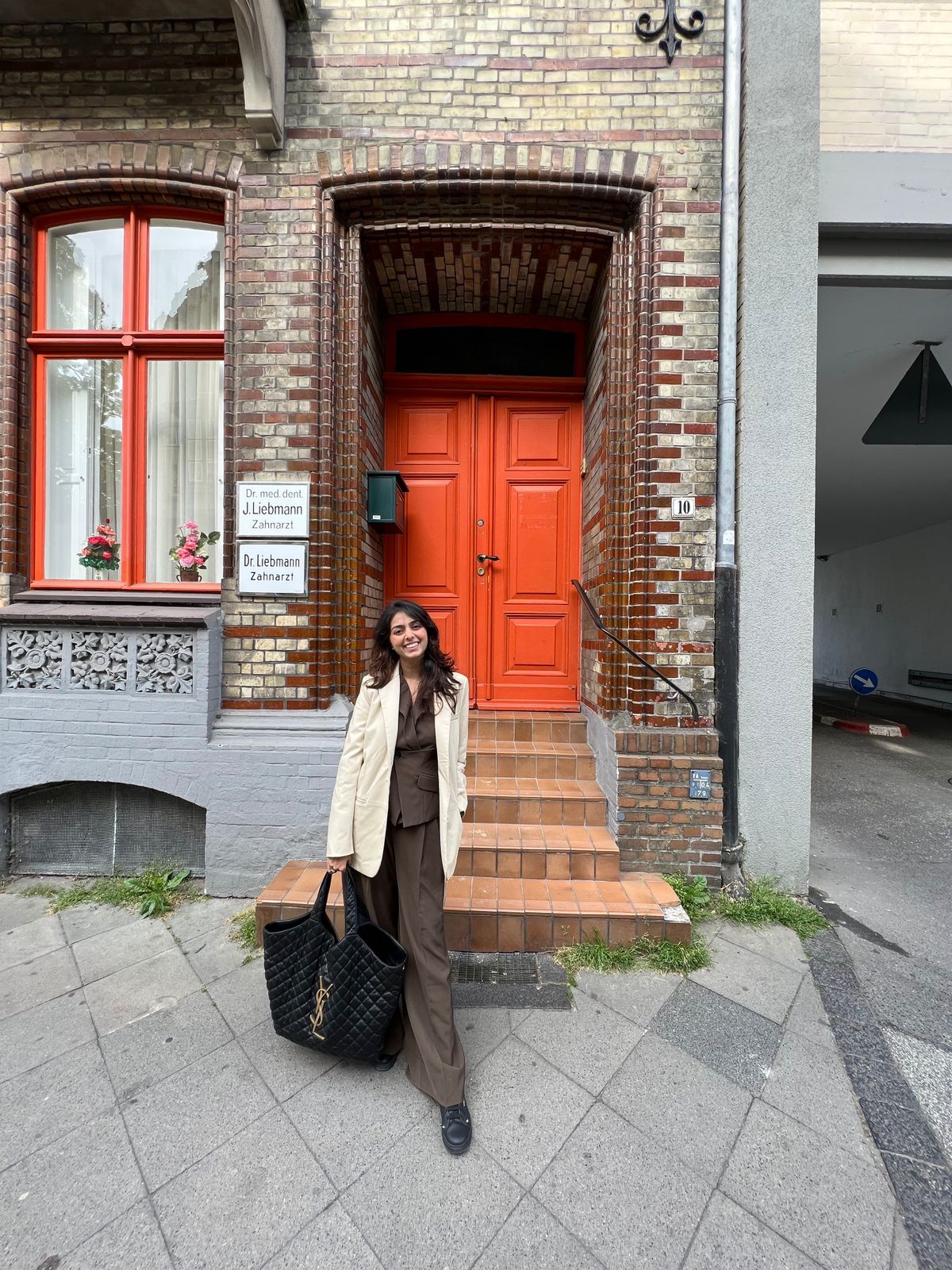As I stand before the majestic structures that grace the city of Lübeck, I am transported to a bygone era of architectural brilliance. Lübeck, a city nestled along the northern coast of Germany, is a treasure trove of Gothic architecture. I invite you to join me on a journey through time and space as we delve into the enchanting world of Lübeck’s Gothic architectural marvels.
Lübeck, often referred to as the “Queen of the Hanseatic League,” boasts a rich history that dates back to the 12th century. It was during the medieval period that the city experienced a surge in trade and prosperity, which is brilliantly reflected in its architectural heritage. The Gothic architecture of Lübeck, characterized by its pointed arches, ribbed vaults, and soaring spires, is a testament to the city’s affluence during this period.
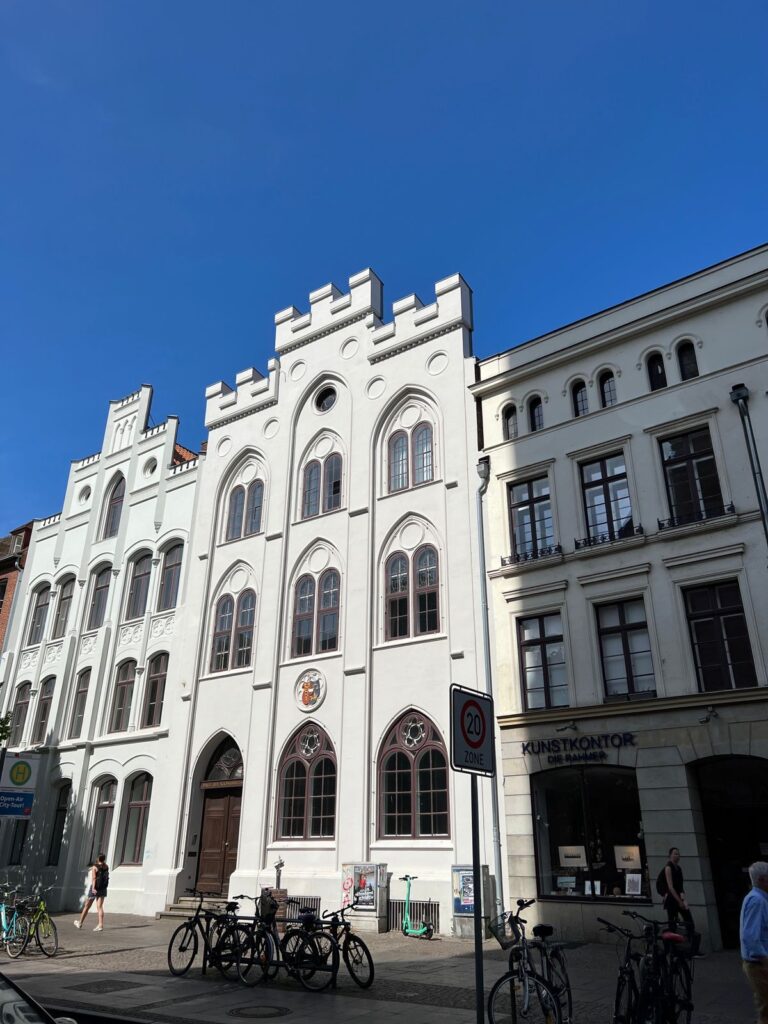
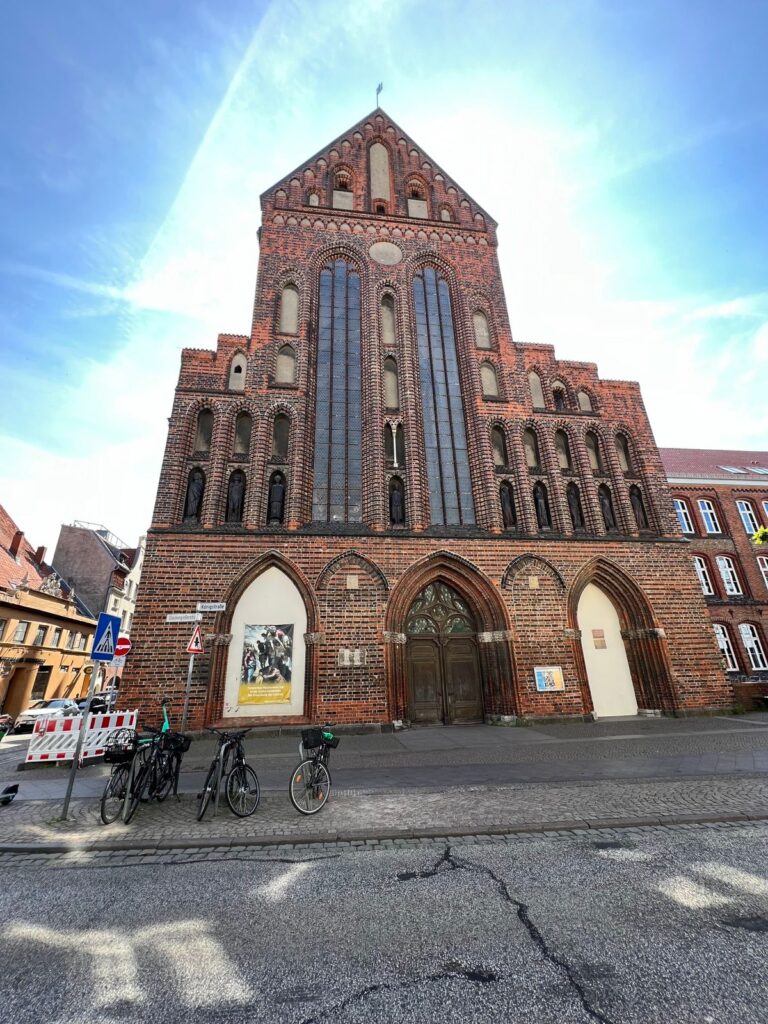
One cannot discuss Lübeck’s Gothic architecture without mentioning the iconic Holstentor, a symbol of the city’s grandeur. As I approached this monumental gateway, I was struck by its imposing presence. Built in the 15th century, the Holstentor is a prime example of Northern German brick Gothic architecture. Its twin towers rise high above, adorned with intricate stone carvings and statues of historical figures. Walking through its arched entrance is like stepping back in time, and I couldn’t help but marvel at the craftsmanship that went into creating this masterpiece.
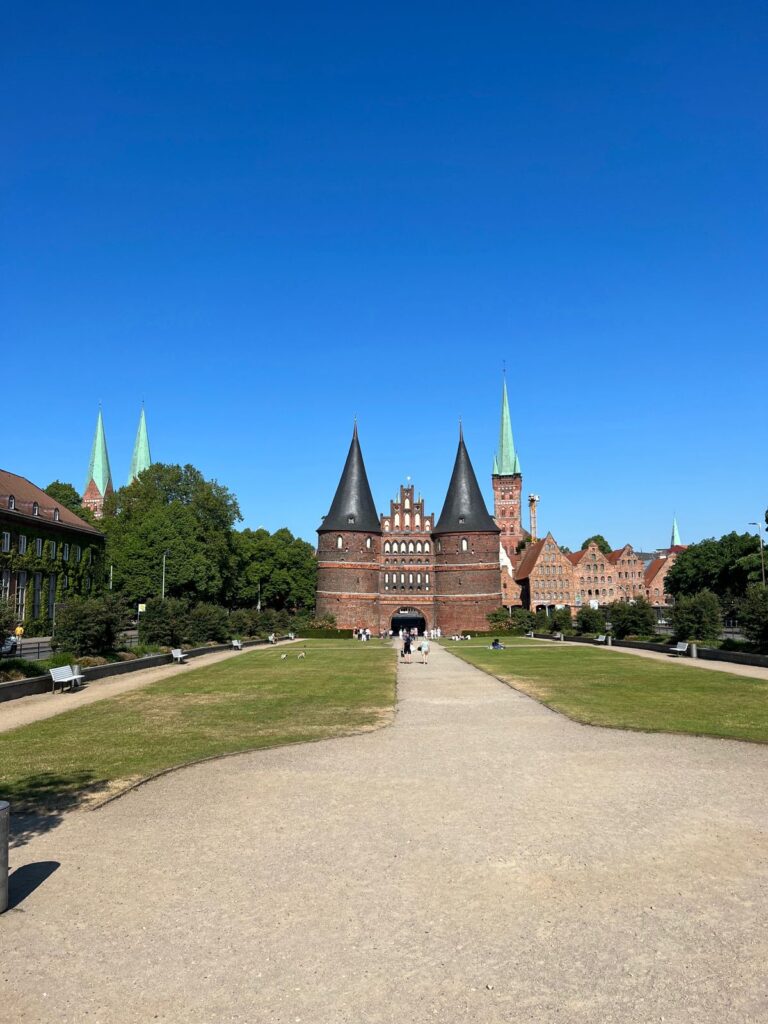
Another jewel in Lübeck’s architectural crown is the Lübeck Cathedral, officially known as the Dom zu Lübeck. This awe-inspiring cathedral dates back to the 12th century and is a stunning representation of North German brick Gothic style. The cathedral’s interior is a sanctuary of tranquility, with its tall columns, ribbed vaults, and stained glass windows that filter soft, colorful light into the space. As I gazed upon the intricate details of the altarpiece and the beautiful rose window, I felt a deep sense of reverence for the architects and artisans who dedicated their lives to this divine creation.
Wandering through the labyrinthine streets of Lübeck’s Old Town, I stumbled upon St. Mary’s Church (Marienkirche), a true gem of Gothic architecture. The sheer height of its nave is awe-inspiring, and the interior is adorned with countless works of art, including the famous Totentanz, or Dance of Death, fresco. This hauntingly beautiful artwork serves as a reminder of the impermanence of life and the inevitability of death, a common theme in Gothic art.
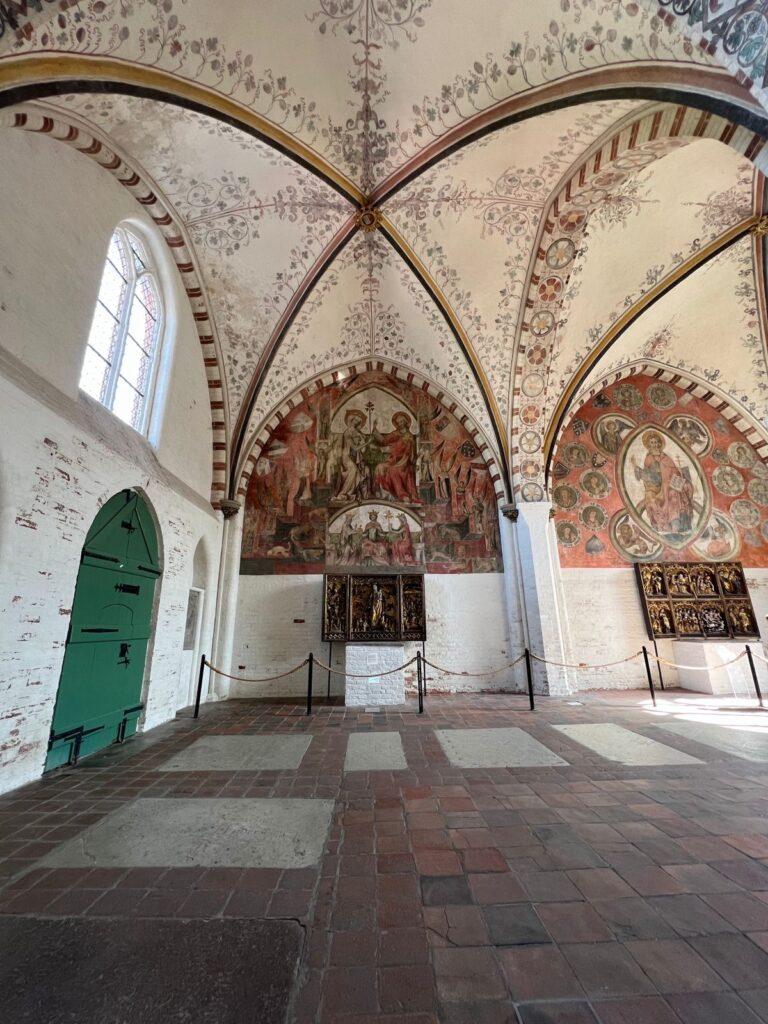
Brick was the primary building material in Lübeck, and the skilled masons of the time turned it into an art form. The intricate patterns and designs that adorn the city’s churches and townhouses are a testament to their expertise. The use of brick allowed for the creation of tall, slender structures that seemed to reach for the heavens, a defining characteristic of Lübeck’s Gothic architecture.
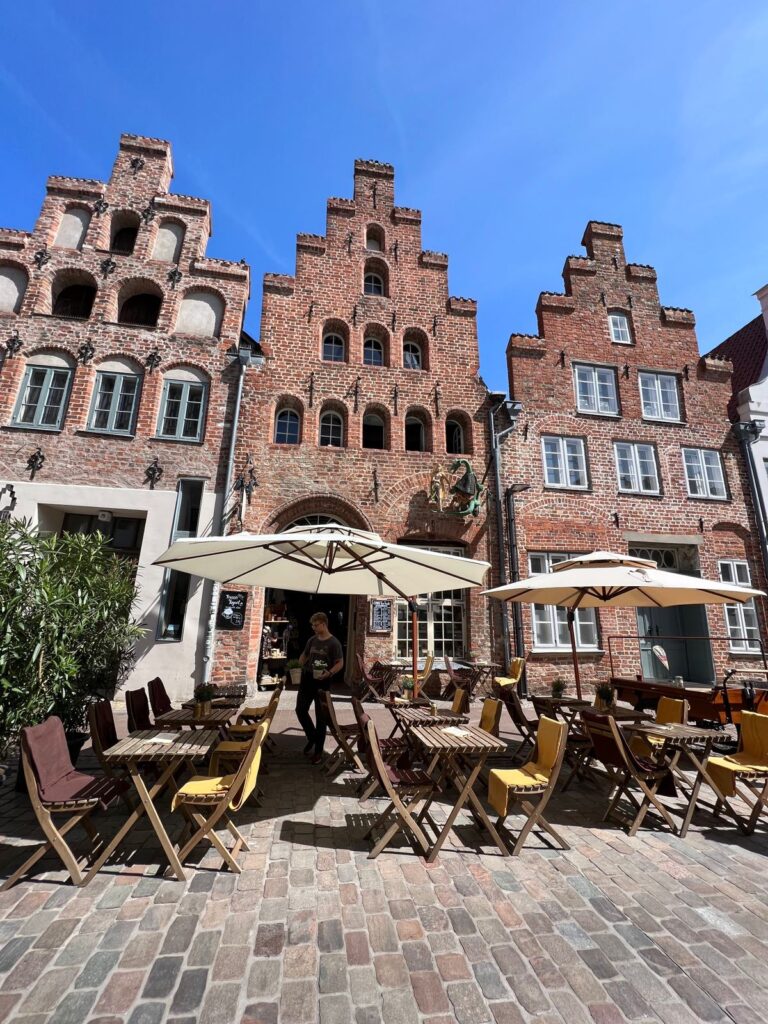
Lübeck’s Rathaus, or Town Hall, is another architectural marvel that left me in awe. Built in the late 13th century, it showcases the fusion of Gothic and Renaissance elements. Its stepped gables, ornate façade, and a towering spire make it a striking example of medieval civic architecture. Stepping into the grand hall, I imagined the city’s leaders convening here, making decisions that shaped Lübeck’s destiny.
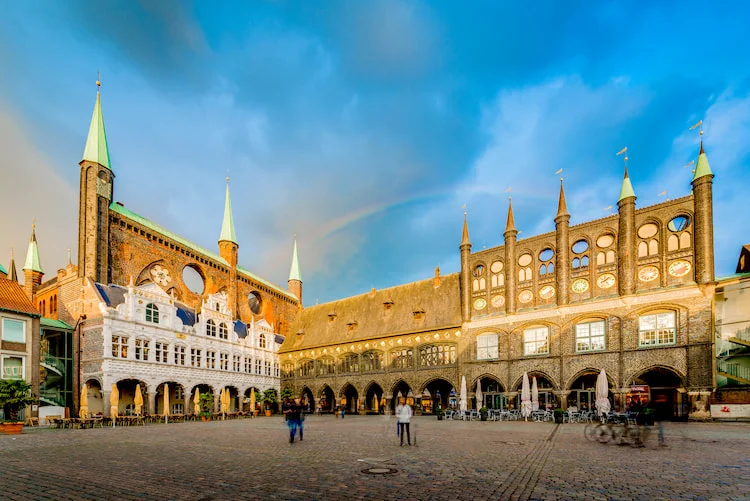
As I explored the city further, I couldn’t help but be drawn to the charming gabled houses that line the streets. These quaint residences, often referred to as “saltspeicher,” once served as storage warehouses for the valuable salt trade that fueled Lübeck’s prosperity. Their stepped gables and decorative façades are a testament to the wealth and taste of the city’s merchants.
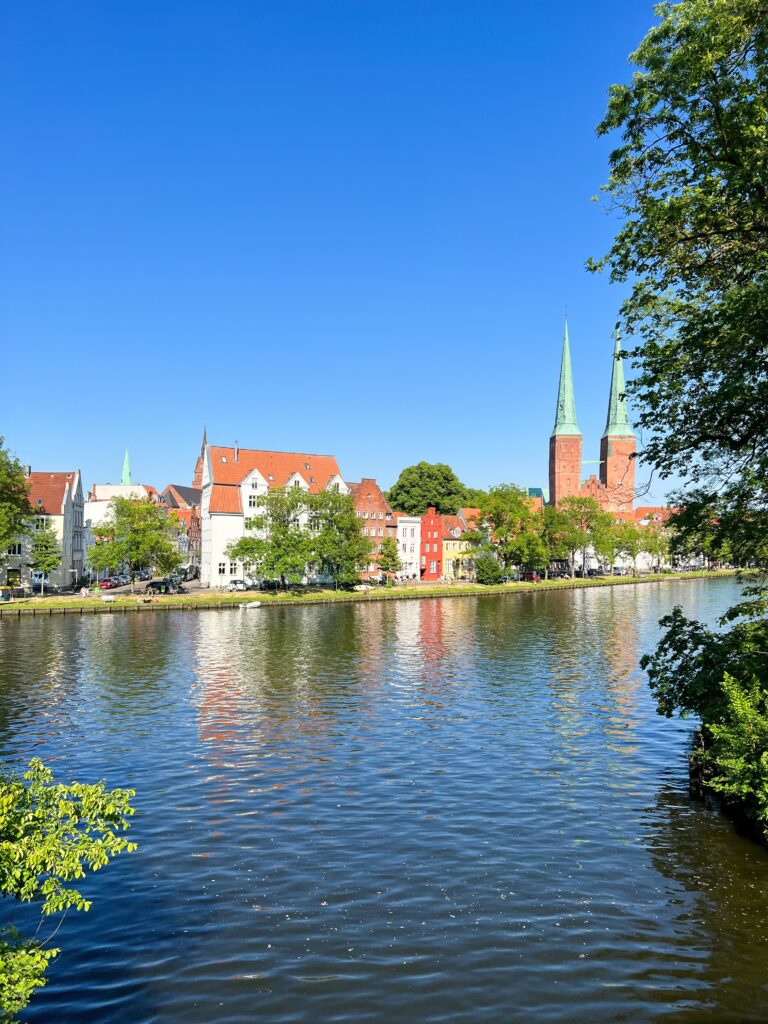
As I reluctantly left this enchanting city, I couldn’t help but feel grateful for the opportunity to witness the beauty and history of Lübeck’s Gothic architecture, a testament to human creativity and ingenuity that has endured through the centuries.
